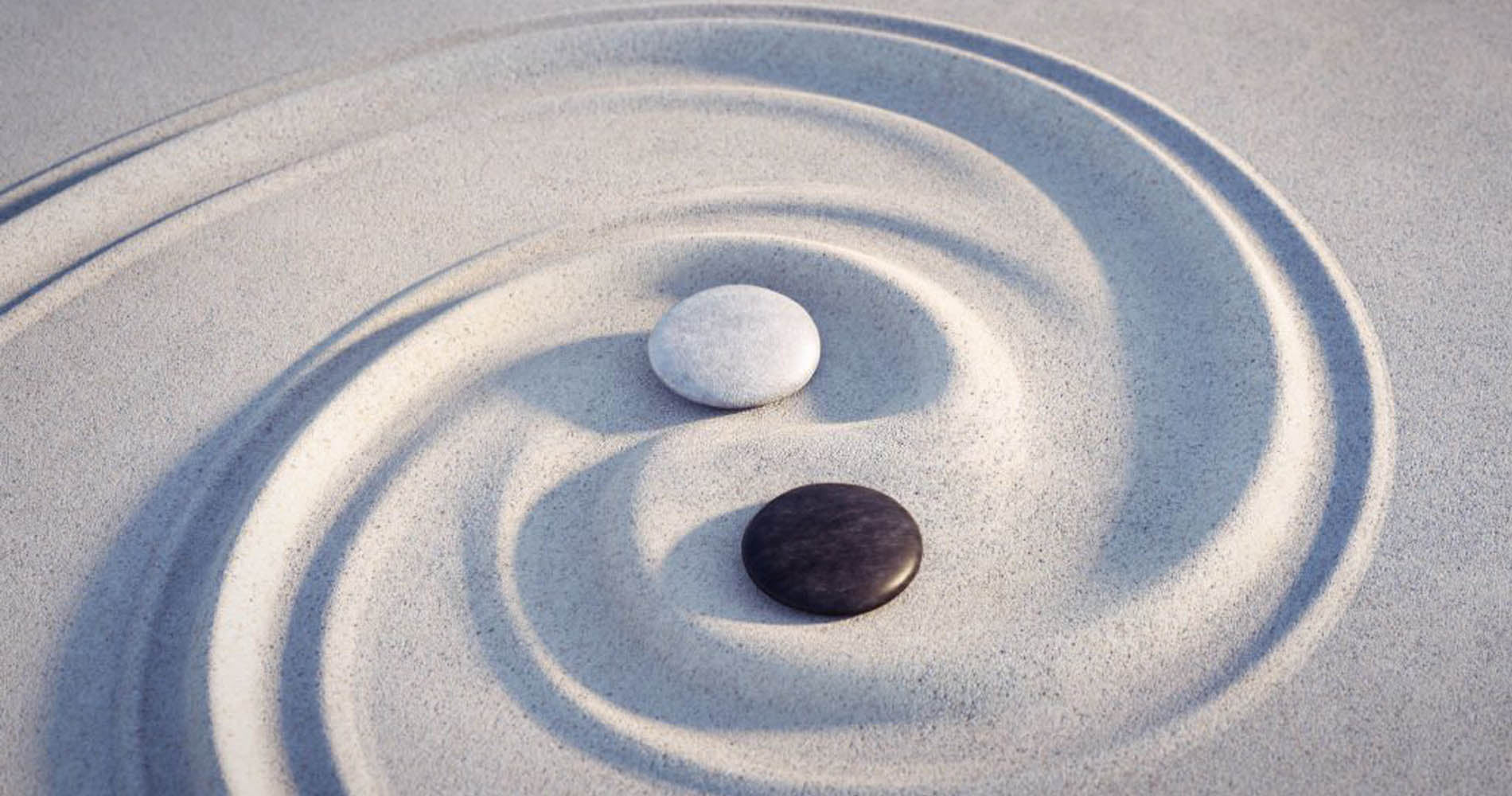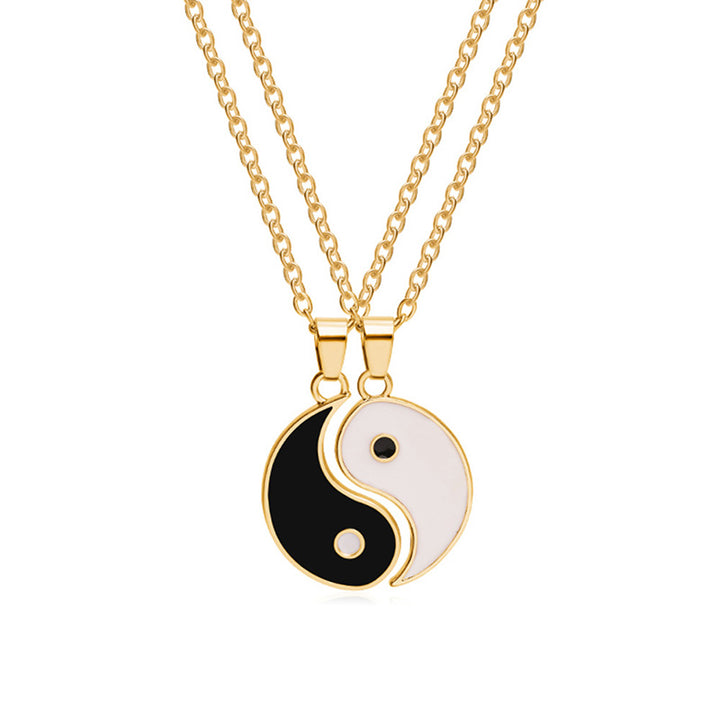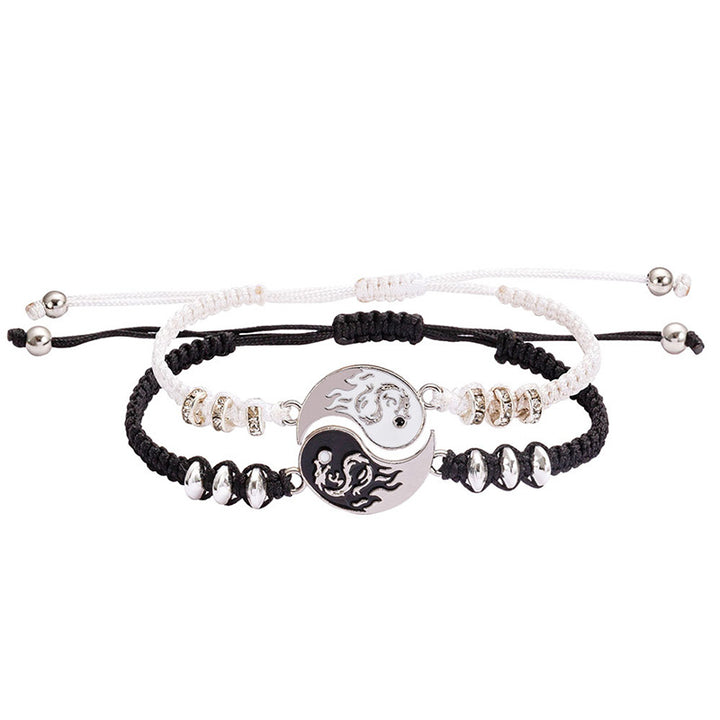
Yin and Yang, a symbol of Zen balance and harmony, represents the duality and interconnectedness of opposites. It fosters enlightenment, peace, and calm by promoting inner equilibrium. At Buddha Stones, our Yin and Yang collection capture these profound meanings, offering items that inspire mindfulness and a deep sense of harmony. Ideal for those seeking spiritual growth and inner peace.
155 Produkte
155 Produkte





























